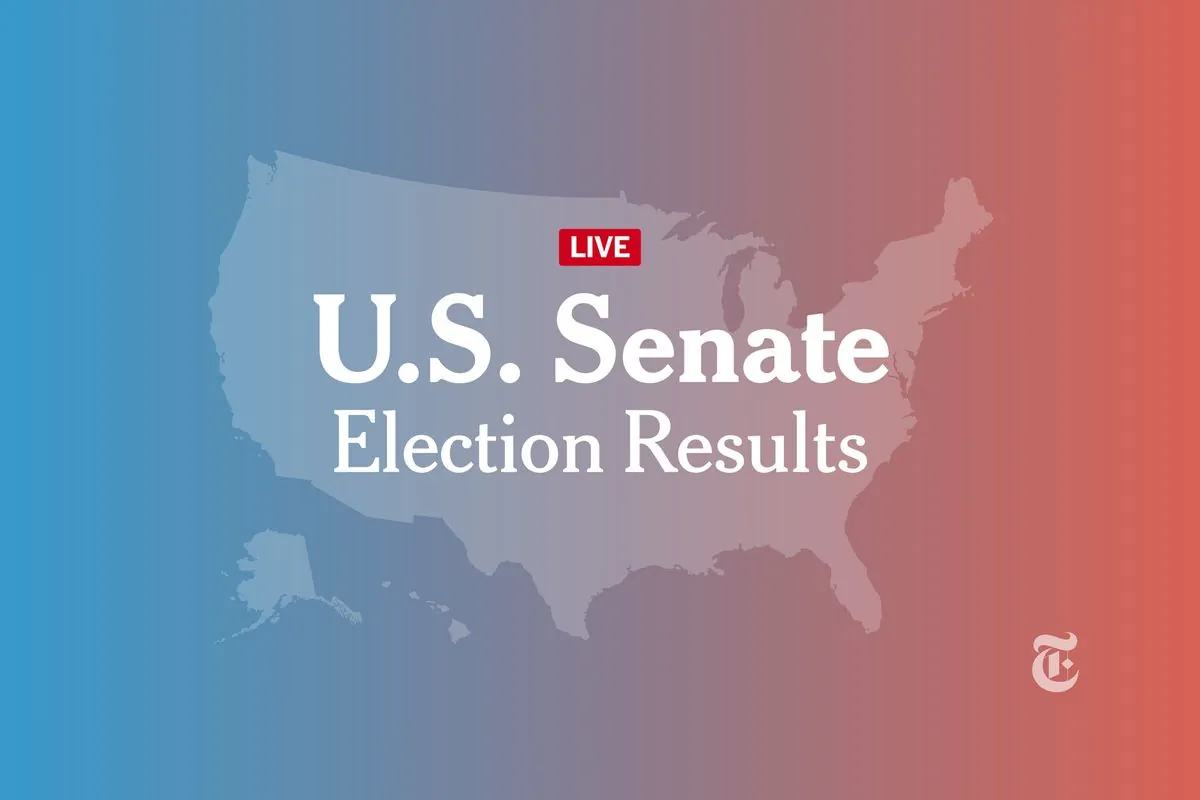The political map got re-drawn this fall when Donald Trumpʼs presidential win came with big Senate changes. In states like Montana Ohio West Virginia and Pennsylvania Republicans took Senate spots from Democrats which led to their upper chamber control
The voting showed a rare thing: only three states (Maine Pennsylvania and Wisconsin) now have both a Democrat and Republican senator - its the smallest number since Americans started picking senators directly about 110 years ago
Most swing-state folks split their choices: picking Trump for president but Democrats for Senate except in Pennsylvania where Republicans won both. The Democrats hoped to win in red-leaning areas but couldnt make it happen; their tries to get Texas and Florida didnt work out either. In Nebraska Deb Fischer (R) beat independent Dan Osborn
Looking ahead to Nov-2026‚ many Senate seats will be up for grabs - most in Republican-strong areas. History shows the presidents party often loses Congress seats in mid-terms (though its more common in the House than Senate). Two Trump-state Democrats - Jon Ossoff and Gary Peters - will try to keep their spots in Georgia and Michigan: states that have been going back-and-forth between parties
At least 21 Republican seats need voting then; maybe more if some senators join Trumps team. In Ohio the governor must pick someone to fill JD Vances spot (now VP-elect) until 2026; if Marco Rubio becomes state secretary that adds another special pick
